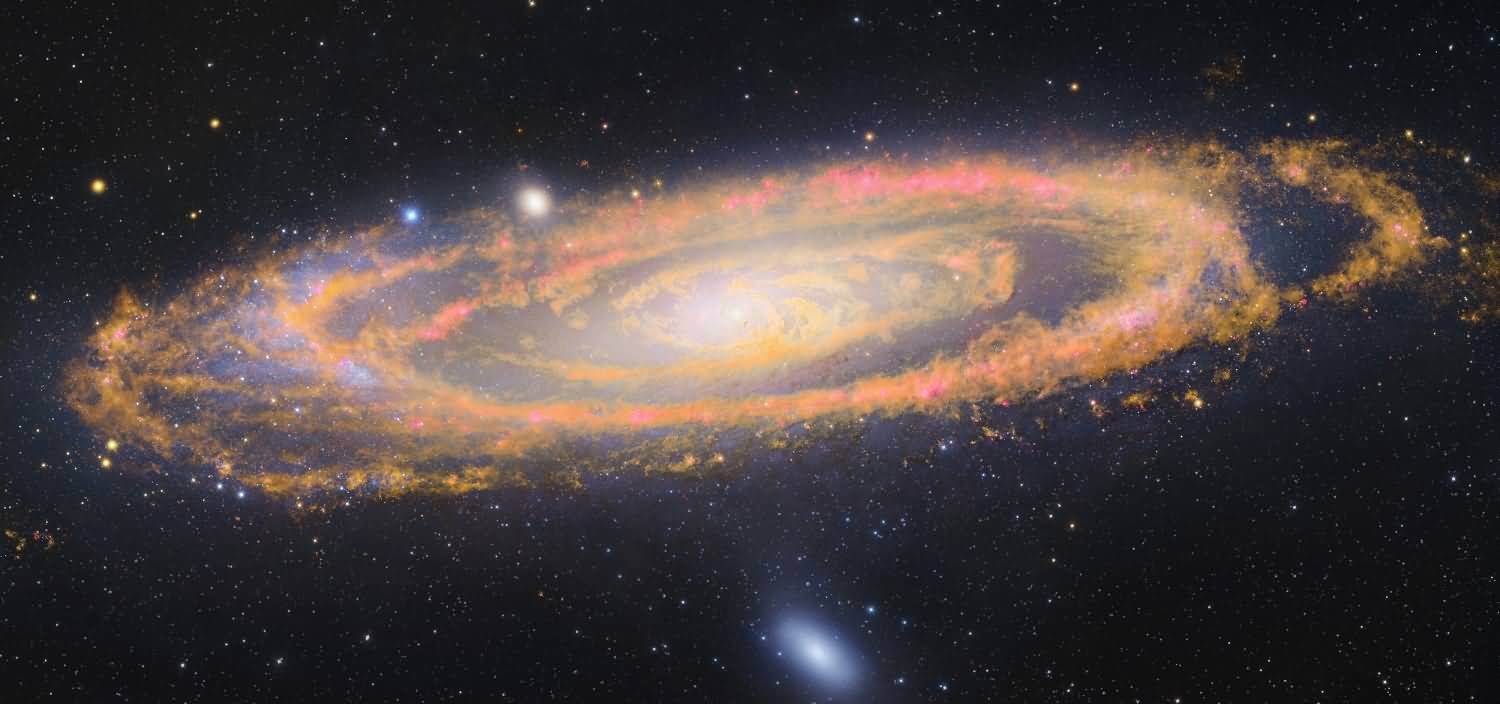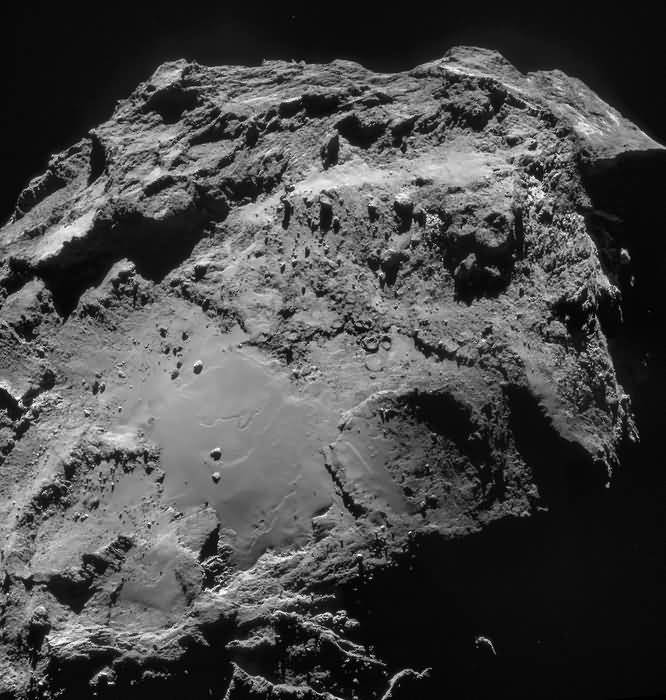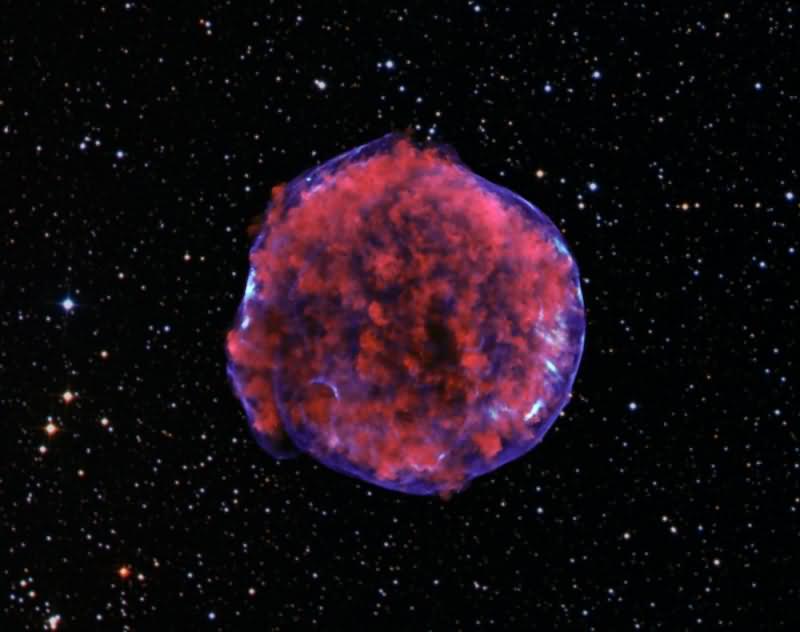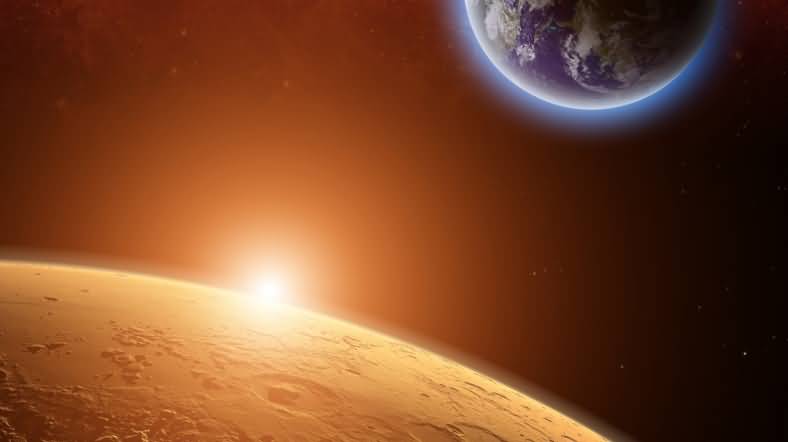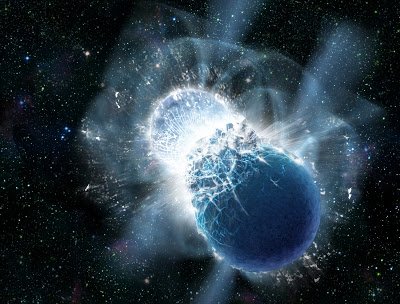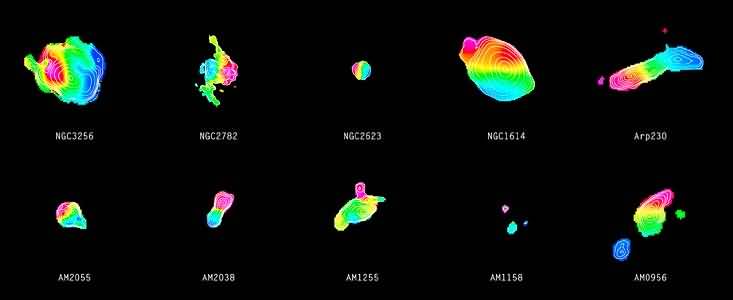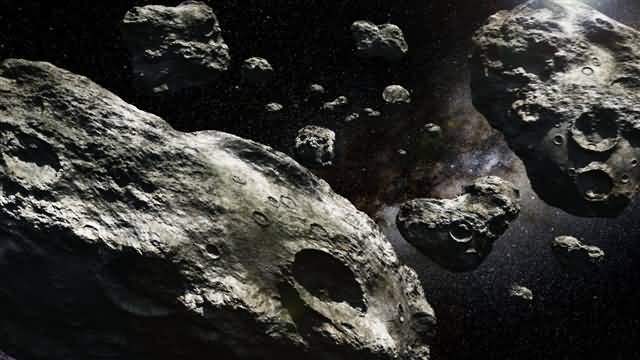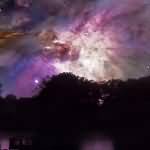Andromeda Galaxy
Hello everyone again.
I haven't been able to focus on this site for about a month and a half. I haven't been able to write even a single short article. I've had to take time off due to some work-related issues. In fact, I'm still not fully available. I'm improving my web development skills. But I know I can't leave this place idle. I plan to continue writing articles, though not as much as I used to. If I can achieve my goal of freelancing, I'll have plenty of time to dedicate to this.
We'll soon see the benefits of my web development here. Instead of using pre-made themes, I'll be integrating my own design. After that, removing unnecessary plugins will significantly speed up the site.
The striking image below has been extracted from the archives in two separate images, one in visible light and the other in infrared light. The Andromeda (M31) galaxy is twice the size of the Milky Way and 2.5 million light-years away. It is our largest neighbor in our local cluster of galaxies. In approximately 4-5 billion years, we will be too close to be neighbors. The galaxy's bright young blue stars can be seen in the red star-forming regions of the spiral arms in the visible light image. However, in the infrared image taken and blended by the Spitzer Space Telescope in the red and green color channels, the interstellar dust cloud illuminated by the young stars, visible in orange, extends all the way to the center of the galaxy. We would not see this in visible light. Two smaller companion galaxies, M110 and M32, also managed to enter the image.

The original image has a much higher resolution. You can see the original resolution by clicking on the image.

